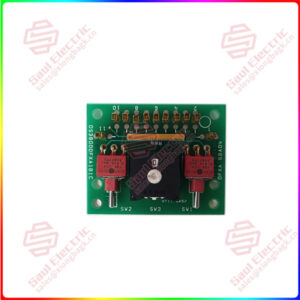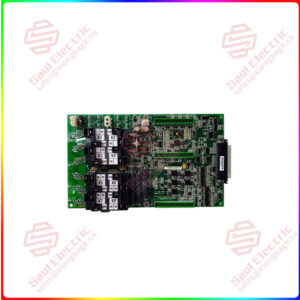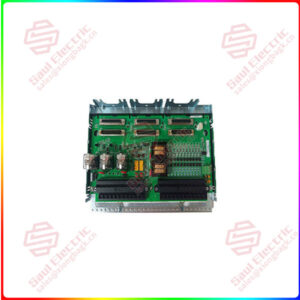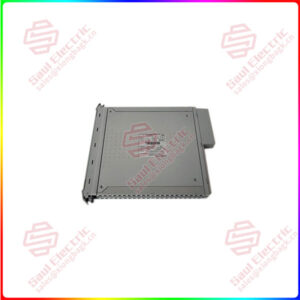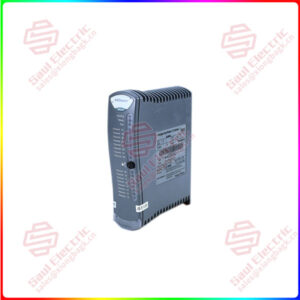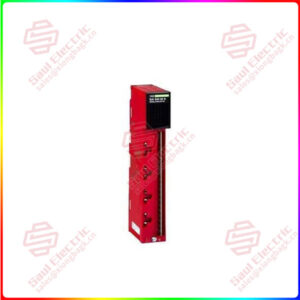Description
Overview
Essential details:IS200EISBH1A Exciter ISBus Board and is part of the GE EX2100
Part Number: IS200EISBH1A
Manufacturer: General Electric
Country of Manufacture: United States (USA)
Series: EX2100
Function: Exciter ISBus Board
Functional Description
IS200EISBH1A is an Exciter ISBus Board and is part of the GE EX2100. The Exciter ISBus Board (EISB) plays a crucial role as a specialized communication board designed explicitly for the M1, M2, and C controllers within the system. It serves as a communication hub, receiving and transmitting fiber-optic feedback signals among different components within the system. These signals are then conveyed over the control backplane to the DSPX controller.
Features
- Interface for Controller Communication: It facilitates communication between the DSPX and various ports, including the tool and keypad ports, utilizing RS-232C through the backbone connector. This communication framework ensures seamless interaction between different control elements.
- Redundant Exciters Support: In cases involving redundant exciters, the EISB board contains interface electronics specifically for the ISBus. This GE proprietary communication interface plays a pivotal role in transferring crucial data among the M1, M2, and C controllers of the exciter.
- Physical Attributes: The EISB is designed as a single-slot, 3U high module situated in the control rack beneath the DSPX controller. Its strategic placement enables efficient connectivity and interaction within the system architecture.
- Signal Reception and Transmission: Utilizing fiber-optic connectors on its front panel, the EISB board accepts current and voltage signals from the generator field. It also accommodates signals from the Exciter, if required, through the use of EDCF boards. Additionally, it receives and transmits signals to the Ground Detection module, further enhancing its communication capabilities within the system.
Connectors
- Generator Field DC Voltage Input: This connector serves as the inlet for receiving direct current (dc) voltage signals originating from the EDCF board, specifically related to the Generator Field.
- Generator Field DC Current Input: Similar to the voltage input, this connector receives direct current (dc) current signals from the EDCF board associated with the Generator Field.
- Exciter Voltage Input from EDCF (Optional):An optional connector designated for accepting voltage input related to the Exciter, sourced from the board.
- Exciter Current Input (Optional): Similarly optional, this connector is intended to receive current signals associated with the Exciter, also from the board.
- Ground Detector Voltage Input: This connector is allocated for receiving voltage signals from the Ground Detector, crucial for monitoring and detection purposes within the system.
- Ground Detector Voltage Output: Additionally, this connector serves as an output point, transmitting voltage signals from the board to the Ground Detector, potentially used for feedback or monitoring purposes.
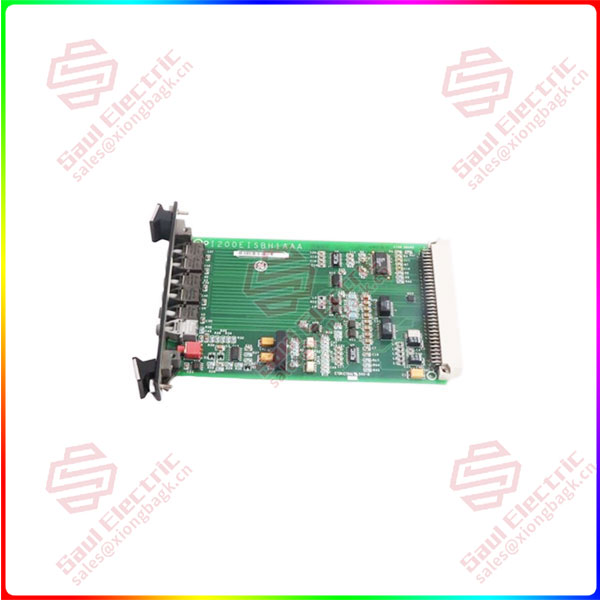
IS200EISBH1A
lf you need to inquire or purchase ,please send the product models to my email or call medirectly .
sunny He
[Email] sales@xiongbagk.cn
[Mobile] 86-18059884797
[WhatsApp] 86-18059884797
[Skype] sales@saulcontrol.com
IS200EISBH1A Exciter ISBus Board and is part of the GE EX2100
Replacement Procedures
To replace the board in a control rack offline
- De-Energize the Exciter: Ensure that the exciter system is completely de-energized to prevent any electrical hazards during the replacement process.
- Check Power Indicators: Open the control cabinet door and verify that the power indicators on both the EPDM and EPSM power supplies are switched off. Ensure that the LEDs on the controller are also turned off before proceeding.
- Disconnect Fiber-Optic Cables: Carefully detach the fiber-optic cables connected to the front of the EISB board. Label these cables accurately to ensure correct reassembly later on.
- Removal of DSPX and EISB Boards:
- Loosen the screws situated at the top of the DSPX faceplate and the bottom of the EISB faceplate near the ejector tabs. These screws are captive and should not be removed.
- Raise the ejector tabs to unseat both the DSPX and EISB boards from the control rack.
- With both hands, gently pull both boards from their slots within the rack.
- Separate DSPX and EISB Boards: Remove the DSPX board from the top of the EISB and carefully attach it to the replacement EISB board.
- Install Replacement Boards: Slide the replacement DSPX and EISB boards into the appropriate slots within the rack.
- Securely Seat the Boards: Begin seating the boards by firmly pressing both the top and bottom of the faceplates simultaneously using your thumbs. Proceed to complete seating the boards in the slot by initially starting and then alternately tightening the screws at the top and bottom of the faceplate assembly. Ensure an even and snug tightening to ensure the boards are seated securely and squarely.
- Reconnect Communication Cables: Reconnect all communication cables that were previously disconnected when removing the old module. Ensure proper reconnection for seamless functionality.
Optical Connectors
On the front panel, there are two groups of four optical receive receptacles. In the lower section, there is a two-piece group consisting of one optical receiver and one transmitter.
Keypad and Tool
For communication with the keypad, EISB has an RS-232C driver. It provides the power source with +24 V dc and 24 V dc return from the backplane. EISB also includes an RS-232C driver for communicating with a computer via the tool port. The data rates range between 1200 and 38.4 KBaud.


 1 Year Warranty
1 Year Warranty
